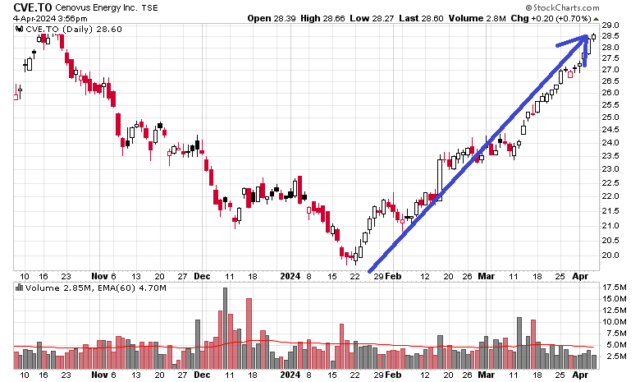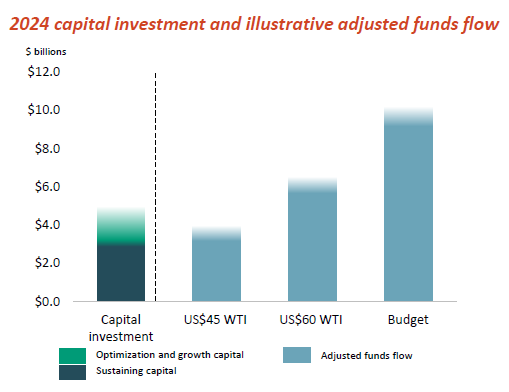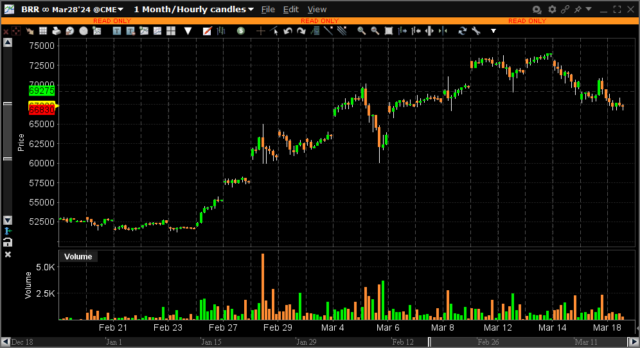The issuer market for Canadian TSX-traded debentures has been very muted. In past times, issuers would typically roll over debt with 6-12 months remaining in maturity by issuing new debt and calling the soon-to-mature issue. Today, these rollovers have been exceedingly rare, presumably because everybody and their grandmothers have been waiting for lower interest rates!
We have the following issuers that have maturities coming in less than three months, coupled with some point form notes:
AD.DB – Alaris – Likely to mature for cash, paid for with room in the company’s credit facility
AFN.DB.F – Ag Growth – Likely to get rolled over with a new issue – AFN.DB.J (3.7 years out) is 16% away from the money and is trading at 108, it is likely they can get an acceptable coupon price… AFN.DB.G is not further away with a year-end maturity and both might be done with a $150 million or so debt offering (disclosure: I own some shares here).
AI.DB.C – Atrium MIC – will likely mature and be paid by the bank line of credit
ALC.DB.A – Algoma Central – will mature for sure, the question is how much will get converted to equity? (they are 2% in the money at present)
EFN.DB.B – Element Fleet Management – will be converted to equity (conversion is well in the money at present)
TF.DB.C – Timbercreek Financial – will be paid off with the secured credit facility
With the possible exception of Ag Growth, all of these debentures will vanish from the TSX and be absorbed.
When examining the overall debt market (and also the preferred share market), very little strike me as potentially interesting. The price inflation in relation to potential risk is quite unattractive to me at present – the companies trading at low prices are generally doing so for very good reasons. They are also competing against risk-free cash at around 5%, which does not make their relative valuations look good – why aim for a risky 7-8% when you know that the liquidity associated with that 7-8% will be crap when there is a real market crisis, when you can just sit on your rear end with a safe and liquid 5%? I’m not reaching for yield – not being paid enough.


